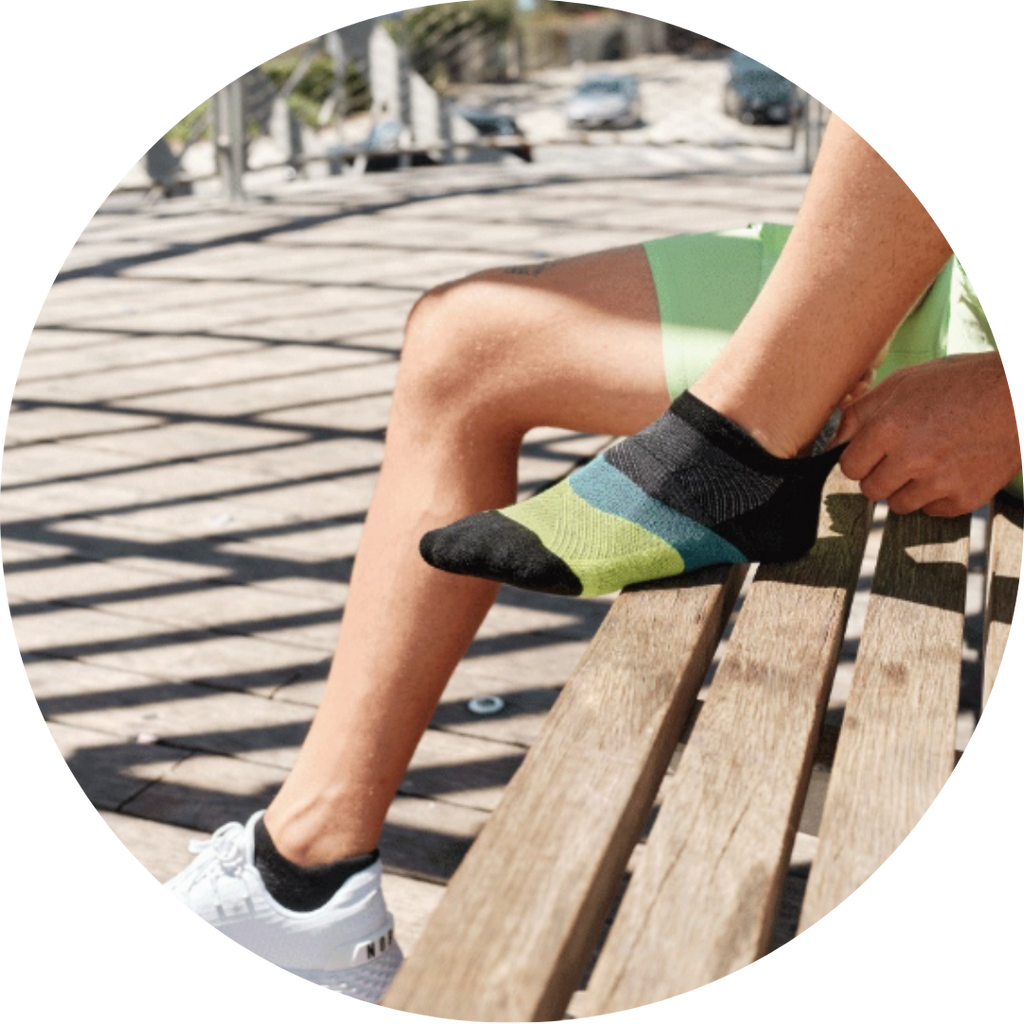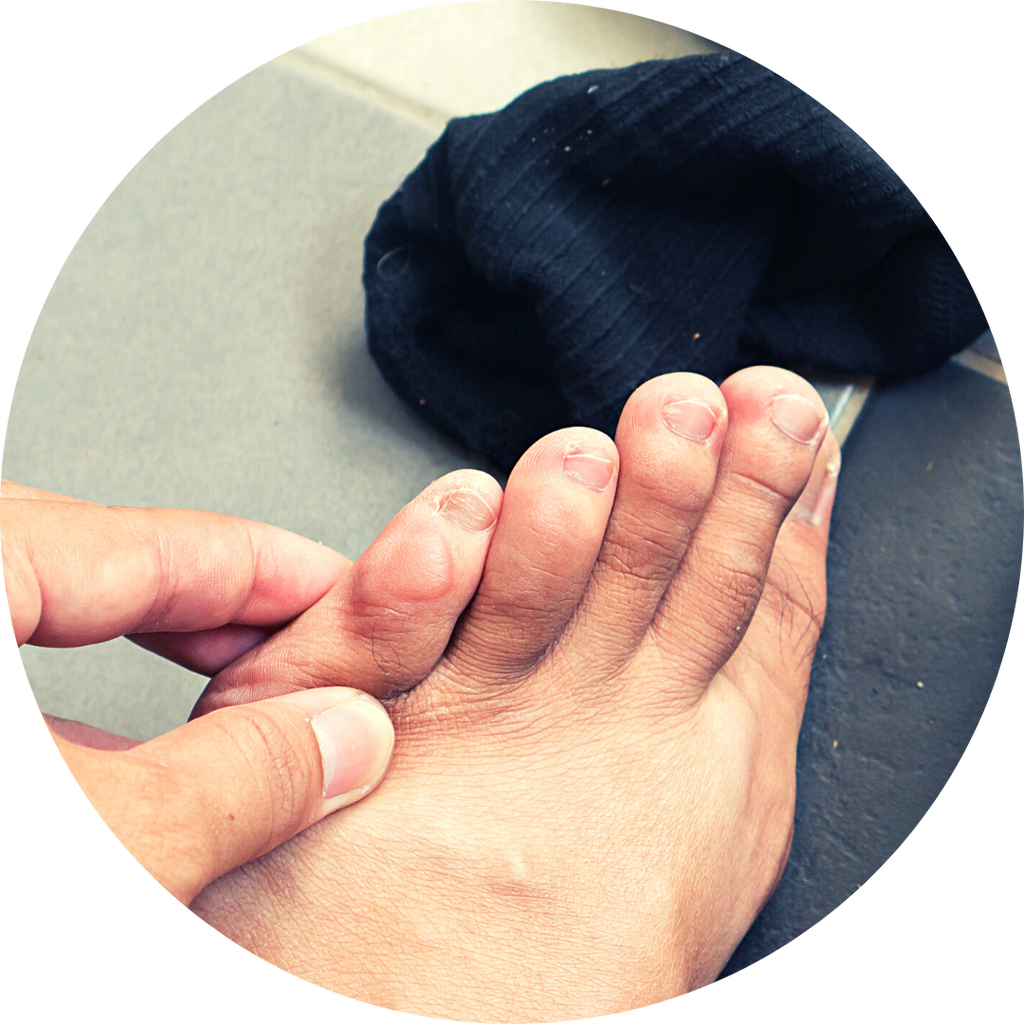Let's start running!
How to Start Running: Ultimate Beginners Guide
New to Running? This is what you need to think about to avoid injury, perform efficiently and actually enjoy it. With more of us running than ever (and many running for the first time in quite a few years…) we thought it was a good opportunity to go back to basics. We all have to start somewhere! We asked some of our Active Feet team members and resident running experts to answer some of your running FAQs. Podiatrist Tony Truong and Accredited Athletics Victoria Running Coach Damian Krokos are here to help you with all of your running questions.
DAMIAN'S TIPS

Damian is a footwear expert with over 20 years experience in athletic footwear. He is an avid runner and marathon veteran, with the shoe collection to match! Damian is an accredited Athletics Victoria Running Coach with a wealth of experience!
Whether starting to run or an experienced runner, the golden rule for increasing your activity is to ONLY increase one training element at a time – the training elements are time spent running, distance covered and pace or speed. It’s widely acknowledged that if you increase any 2 or even 3 of these elements at the same time, injury will soon follow, so be patient and work on one at a time.
INJURIES
Shin, calf, knee pains – if they are diagnosed then we can match the right type of shoes to help reduce further risk of injury and compliment the health professional’s treatment plan. If undiagnosed, then we’re all just guessing. Of course the right type of shoes, matched to foot type, foot shape, gait biomechanics and activity will help to minimize the risk – shoes can be the protective layer between the body and the ground and therefore assist with alignment and shock dispersion – shins, calfs and knees can all benefit from the right type of shoe. Blisters, toenails, stitches, general aches & pains all stuff we can help with.

MAKE A TRAINING PLAN – WRITE IT DOWN
Even as a beginner it’s important to have some sort of plan in the form of a calendar to make it easier to keep on track – this way you get a sense of how things are progressing and won’t let you overdo it.
TONY'S TIPS

Tony has enjoyed running ever since primary school where he specialised in long distance events. Nowadays, he enjoys park runs on the weekend and participate in running events like the Run4kids and Melbourne Marathon.
You can book an appointment with Tony at Whittlesea Podiatry HERE
What should I focus on as a beginner runner?
Everyone has a unique set of feet and their own gait pattern. When beginning any form of exercise, it is best to know what you enjoy doing and ensuring that you have the best preparation to avoid training errors and injuries. When learning to run, ensure that you prepare yourself with the right gear first i.e. footwear, active gear, waistband for phone/gels or phone holders and any smart watches/devices to track your progress. Once that is all sorted, it is best to go for a light jog and see what your fitness level is at on an oval or local running track. This will help you determine whether you need to work on your fitness or alter your running pattern to suit your activity. Ideally for beginners, you should focus on taking the first km of your run easy. Always use the first km to warm up your body. This will not only make your run faster, but you’ll be able to run for longer.
What is the best, most universal advice for new runners to keep in mind?
Don’t over do it. Make sure you keep track of the distances and times that you run and ensure you don’t increase your distances by more than 10% per week. That is roughly the general rule to avoid training errors. Think about leading with your hips and torso leading the run. Letting your legs flow out behind. Stretch out through the waist, landing nice and light on the ground, quick steps and landing with our foot under our centre of gravity.

How soon before running should I eat? What should I eat?
While people’s tolerance for eating before a run differs, we recommend eating a light snack over an hour before each run. This gives your body a chance to digest the food and less chance of feeling uncomfortable. Bananas, gels, water, toast, muesli bars and nuts are good examples of light snacks.
I get puffed really quickly, why is this happening and how can I get past this?
When first starting out running, it is best to take it slowly. Starting from scratch will mean that your body will need to be conditioned to work with the extra physical demands. Focus on building up to a goal time or distance rather than running as fast as you can for a shorter period. As your fitness begins to develop your breathing will also improve.
What is the simplest strategy for training to run longer distances?
We believe that the number one key to improvement and running longer distances is consistency. Developing fitness is not built on one big win but lots of smaller wins. Focus on completing each run on a tailored running program rather than having a couple of days of harder runs allows for greater long term gains.
What is the simplest strategy for training to run fast?
When first starting out running, it is best to take it slowly. Focus on building up to a goal time or distance rather than running as fast as you can for a shorter period. As your fitness begins to develop your pace will also improve.
What are the best stretches to do before and after running? And for how long?
When you are new to running it is good to start walking for 2-3 minute before beginning the run. This gives your muscles a chance to warm up and increases the blood flow around your body. You could also incorporate some stretching of the key muscle groups including the hamstring, calves, quadriceps and groins before starting each run. However, this is more important after your run, when the body is warmed up and blood is pumping.
What does warm up/ cool down mean? What should I be doing?
As above. Warm up with dynamic stretching i.e. Dynamic stretching is a form of active stretching that is performed by engaging the desired muscle’s antagonist through the joint’s range of motion, only holding the stretch for 2-3 seconds. Because the stretch is only held briefly, the muscle is able to increase in length without a reduction in muscle tension or muscle excitability. By preventing the reduction in muscle tension, an individual is able to improve their range of motion without a loss in force production. Cool down helps to return the heart rate to baseline gradually
Injury Prevention & Management
I have a history of injury, how can I ensure I am not going to exacerbate or flare up past injuries?
Seek medical advice from your allied health professional first if you have a history of injuries. This enables you to know what you should focus on and you’ll be screened for any pre-existing injuries or risk factors before training. Check out our Referrer Directory HERE to find an allied Health Professional near you.
Pains in my lower calf
What is this from? Tight calves
How do I fix this? Foam roll, stretching, calf raises
Blisters
What is this from? Friction and too much movement within the shoes.
How do I fix this? Check fit of footwear, change socks or change shoe lacing techniques.
Knee pain
What is this from? Many variables. Changes in running surfaces or old shoesHow do I fix this? Seek the advice of a healthcare professional. Changes to above, new shoes, taping, strengthening exercises
Toenails going black/ falling off
What is this from? Wrongly fitted shoes or from hill running where the toes can move forward in the shoe. Long nails too. How do I fix this? Fit up for better fitting shoes. Also making sure your nails are not too long
The Active Feet Difference
At Active Feet we are about more than just shoes – we are about complete footwear solutions. Our highly-trained team provide FREE in store industry leading video gate-analysis, so you can be sure you are fitted in the right shoe for you. We offer a wide range of the best brands at competitive prices. Including orthotic friendly, sports specific, varied widths, specialty styles and accessories.
The Active Feet Difference
At Active Feet we are about more than just shoes – we are about complete footwear solutions. Our highly-trained team provide FREE in store industry leading video gate-analysis, so you can be sure you are fitted in the right shoe for you. We offer a wide range of the best brands at competitive prices. Including orthotic friendly, sports specific, varied widths, specialty styles and accessories.


